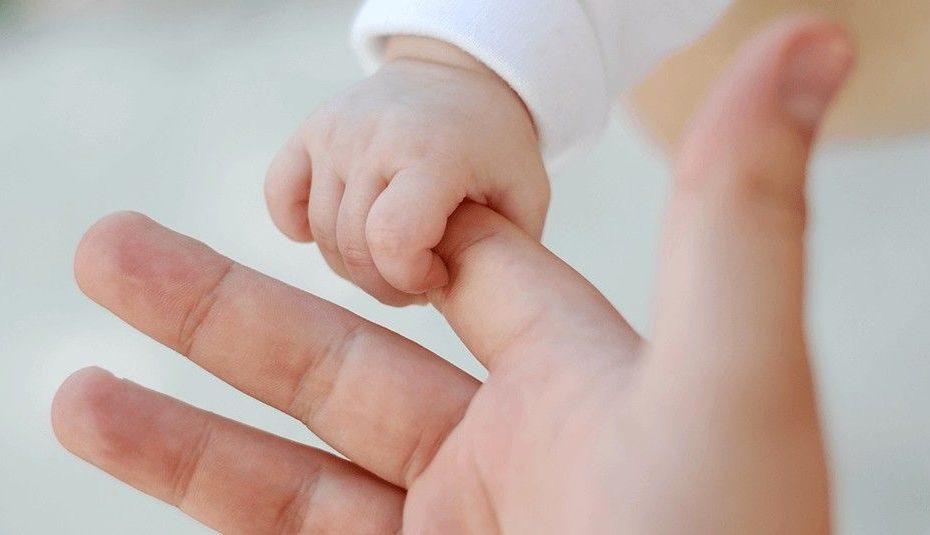Jeremias 1:5
“Antes que te formasse no ventre te conheci, e antes que saísses da madre, te santifiquei;…”
A Bíblia é muito clara sobre a questão de não matar. A sociedade costuma discutir a necessidade do aborto levando em consideração os prós e os contras para a MÃE da criança, quanto a criança, esta certamente não tem poder de decisão ou escolha alguma, mas mesmo assim continua sendo uma VIDA.
Eu costumo pensar que, se minha mãe tivesse tomado a decisão de tirar a minha vida, você não estaria lendo este texto aqui. Eu sei que, em casos extremos de estupro a nossa legislação permite o aborto, porém ninguém está levando em consideração que, num caso de estupro, a vítima pode sofrer por 9 meses e depois entregar a criança pra adoção e “ficar livre” do “problema” daí em diante, mas no caso de um aborto existem os problemas biológicos (sequelas físicas) e os problemas psicológicos que vão perseguir essa mãe para o resto de sua vida.
A probabilidade dessa mulher que abortou ter complicações em sua próxima gestação é altíssima e, os casos de suicídio entre mães que abortam têm crescido absurdamente em todo o mundo.
Portanto, as sequelas que ficam, acompanharão a mãe para toda a sua vida. Em contrapartida, deixar a criança nascer e dar para adoção ou até mesmo criá-la, a livra destes dois problemas (biológico e psicológico). Em caso de risco de vida para a mãe e para a criança, normalmente a opção é pela mãe, mas fazemos isso por não confiarmos em Deus o suficiente para enfrentar a questão e deixar nas mãos daquele que realmente pode dar e tirar a vida.
A vida começa na concepção, portanto um feto na barriga da mãe é vida desde o início da gestação. Outra coisa importante de saber é que o feto não é prolongamento do corpo da mãe, é uma vida a parte e individual. Enquanto cristão sou contra o Aborto, enquanto cidadão recomendo pensar na opção de dar a criança para adoção.
